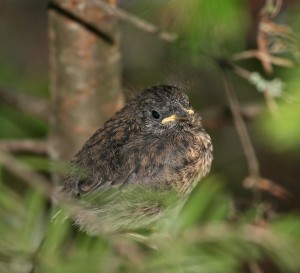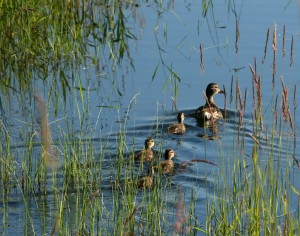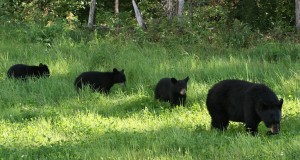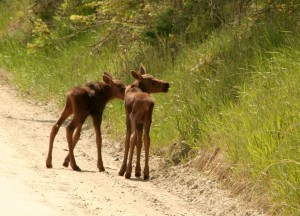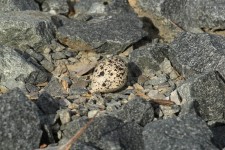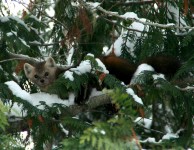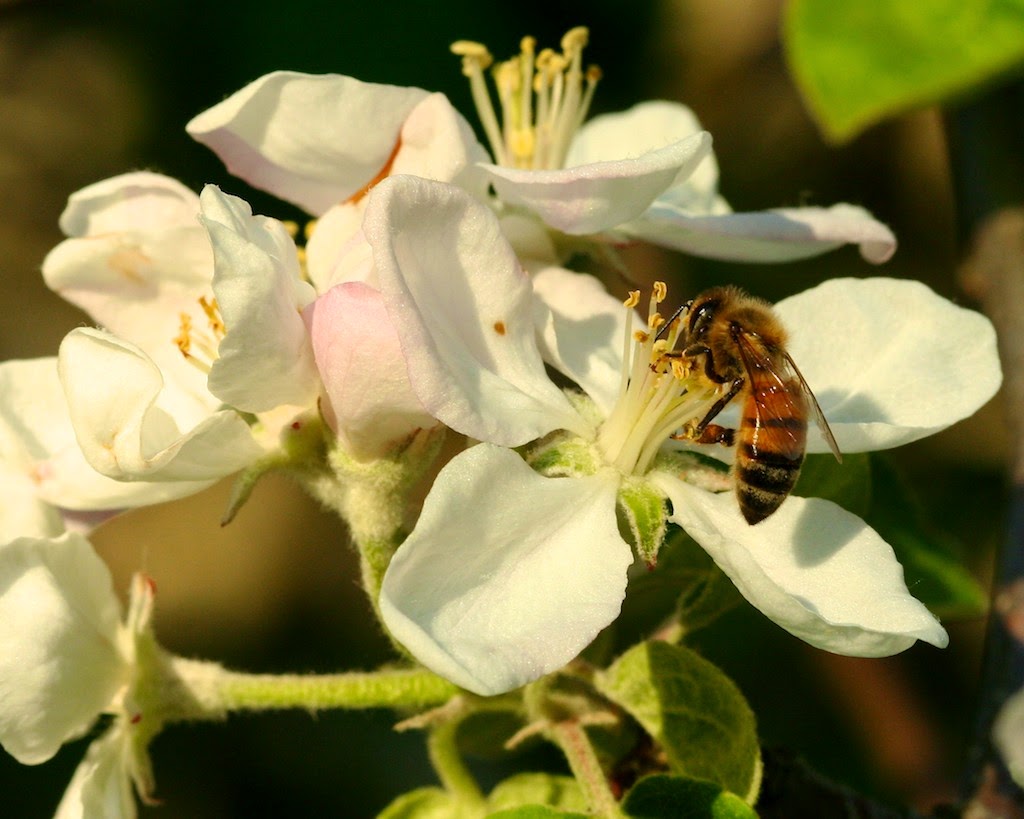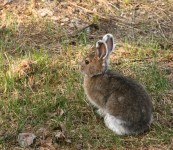From downy ducklings to wobbly moose calves, the animal kingdom is diverse in the ways baby animals come into this world. Some animals are born ready to tackle the world, like mountain goat kids that can keep up with the nannies when only a few hours old even though they are no larger than a snowshoe hare. Other animals are completely helpless, born with their eyes closed and unable to fend for themselves like baby songbirds.
Baby animals can be described in two ways: precocial and altricial. Precocial young are born with eyes open, able to walk, feed themselves and can keep themselves warm. A few precocial species include ducks, geese, mountain goats, moose and porcupines. Altricial young are born naked, blind, incapable of walking and totally rely on their parents for food and warmth. A few altricial species include bears, coyotes, squirrels and all perching birds.
The difference between a rabbit and a hare is based on their young, altricial and precocial respectively. Bunnies are born blind, naked and helpless whereas leverets (baby hares) are born fully furred with eyes open and capable of running soon after birth.
One of the differences between precocial and altricial birds is when they incubate the first egg. Parents of precocial chicks will begin incubating after the entire clutch is laid so all the young hatch at the same time and can leave the nest together. This is commonly seen in ducks, geese and swans, but is also a characteristic of ptarmigan, sandpipers and sandhill cranes. Alternately, altricial birds start incubating after the first egg is laid and the young hatch in succession which creates a nest full of different aged young.
Animals that have a protected site can afford to raise helpless young, such as bears. Mother bears give birth to cubs in the protection of their winter den during hibernation. The cubs are born blind and helpless but nurse as the mother bear hibernates. The mother bear will wake up from hibernation to give birth, eat the placenta and clean up her newborns.
The timing of the cub’s birth is planned to coincide with hibernation, even though the bears mate in the spring. Delayed implantation makes this happen. After they mate in late spring/early summer, the egg is fertilized but is not implanted in the uterus. By mid-summer it will become an early stage embryo but then development is paused until fall. At denning time, the female’s body determines whether or not it has enough fat reserves to carry out development, give birth to and nurse the cubs. If not, the female’s body will absorb the embryo and gain some nourishment in the process.
Delayed implantation is also found in weasels, wolverines, marten, mink, river otters, badgers and skunks.
With Mother’s Day this weekend, all mothers should be remembered for the hardships of bringing new life into this world, from the mother porcupine who gives birth to a fully-quilled baby porcupine (thankfully the quills are soft!) to our own mothers who raised us from helpless babies to who we are today. Happy Mother’s Day!

